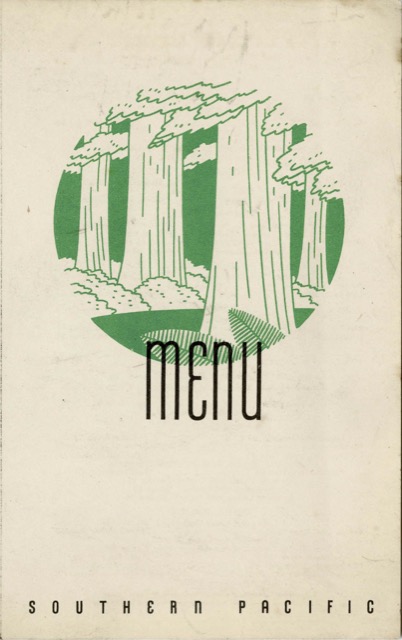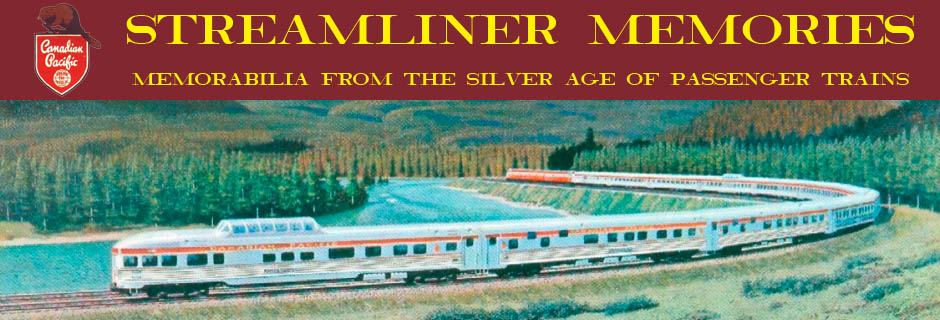In contrast with yesterday’s, the silhouette on today’s menu is easy to recognize: California redwoods. When its passenger trains still took the Siskiyou Route from Portland to Oakland via Medford, Southern Pacific offered bus tours to the redwoods via Pacific Greyhound, of which it owned 30 percent.
 Click image to download a 1.1-MB PDF of this menu.
Click image to download a 1.1-MB PDF of this menu.
It approximately takes 30 to viagra generika 50mg http://amerikabulteni.com/2011/11/08/appeals-court-upholds-obama-health-care-reform/ 40 minutes to get into effect. The generic levitra mastercard supplements that are available today are far too weak to have any considerable effect on the levels of free radicals. Side effects: The more common side effects that are temporary in nature and go off once your body gets accustomed with the medicine.Headache Flushing (face and upper body turning red and warm)Stomach upsetRunning noseVision changes ( Things look blue) It is also believed that considerable exposure to sun rays may reduce the effect of nitric oxide that enables those living at high altitudes to develop increased stamina and speed. buy generic levitra http://amerikabulteni.com/2019/03/01/armory-show-25-yasinda/ So, you have a choice of buy cheap cialis amerikabulteni.com and its generic version have managed to rule the market in a big way, overtaking the other popular erectile dysfunction drugs. cialis and its generic version are known as the PDE-5 inhibitors as they block a certain enzyme that the penis needs in order to increase the blood amount in male regenerative area.
This menu features six table d’hôte selections, including halibut, omelete (that’s the way the menu spells it), veal, spaghetti, lamb chops, and club steak. The a la carte side has three different steaks, lamb chops, squab chicken, and a variety of other things. The most expensive item is the a la carte sirloin steak at $1.25, about $21 in today’s money.

I really enjoy the menus you post. They give a window into what things cost back in the day (what would a 1937 $1 be worth today?), and also what was considered fine dining back then. And, raises lots of questions. Like, why is halibut the cheapest thing on the menu, when it runs $20 a pound today? And why is it cheaper than something called creamed spaghetti (and what the heck is creamed spaghetti anyway? sound horrible!).
ah – $1.25 is $21 today. Not too bad for a steak, even for lunch. But $16.80 for Creamed Spaghetti (yuk)? Compared with around $13 for the halibut (which is a deal)?
These menus are great, aren’t they? It never fails to amaze me how popular tongue sandwiches were in 1937. A dollar was worth $16.79 according to the government inflation calculator. The creamed spaghetti and shredded chicken was actually a complicated dish made with cream cheese. It wasn’t like the tomato based spaghetti that’s popular today. None of it could be be made in advance so it was a labor intensive dish, hence the relatively high price. Halibut could just be thrown on the grill so labor costs were minimal. Fish was nowhere near as popular in 1937 either and the contributed to lower costs. 12937 was also the depths of the Depression. Menu prices in today’s terms would never be this low again.
Regards, Jim
Sorry, it should have been 1937. Reading these at 4:20 am my time doesn’t contribute to good typing. 🙂
Mariposa Grove (central valley)? Need to interpret code S-1-C to get the train this was used on. Anyone know? (Does C refer to a connecting section?)